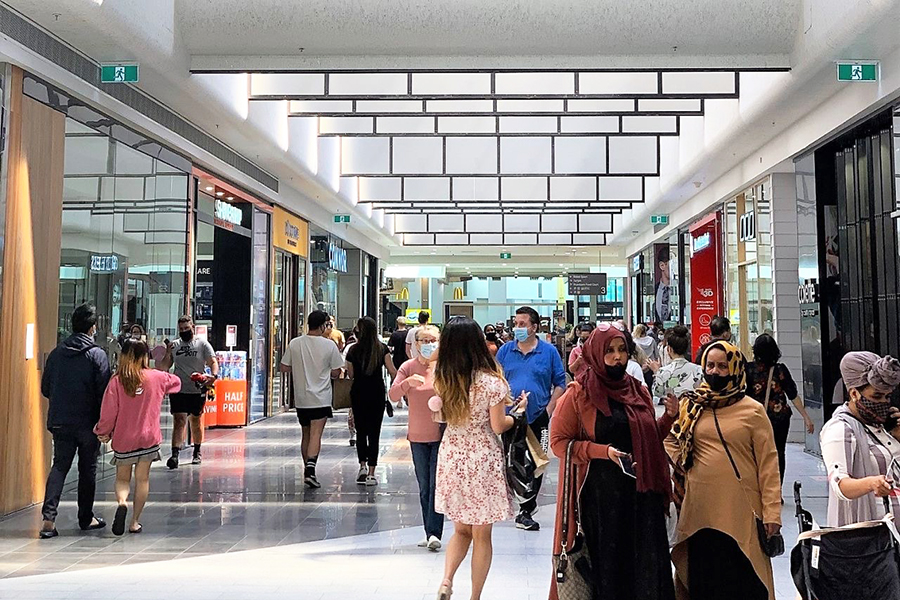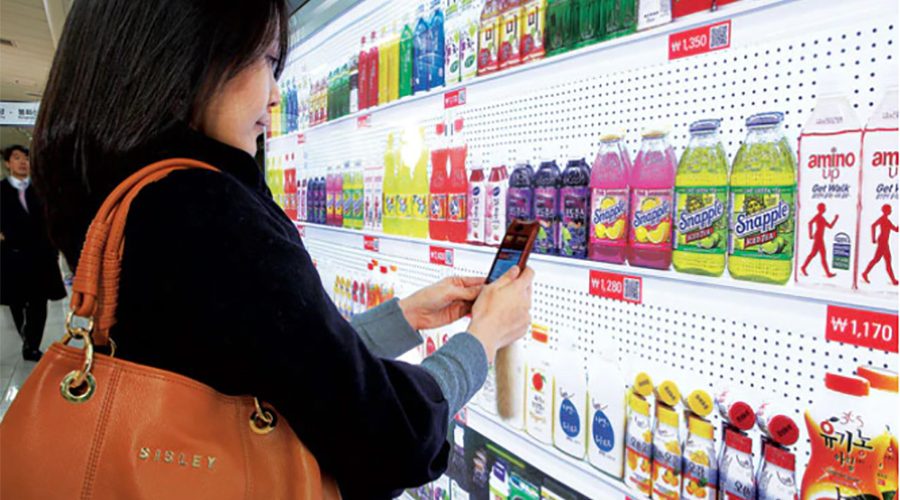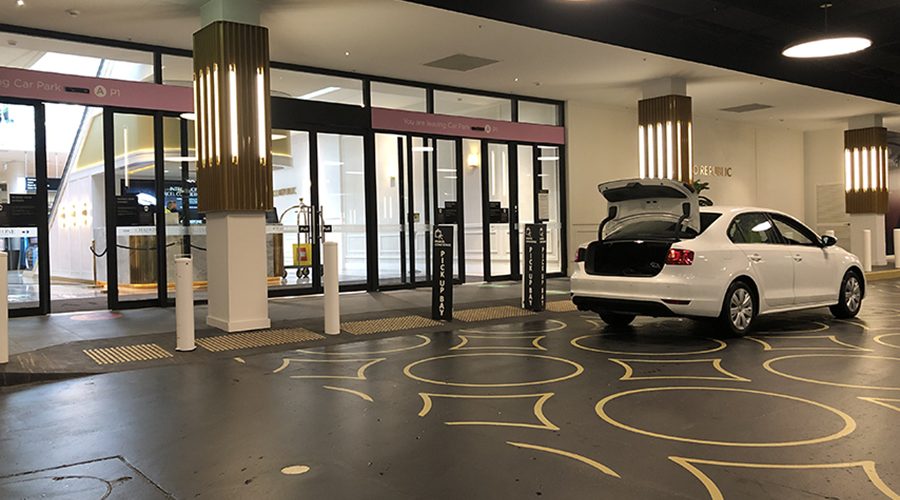The retail industry in Asia Pacific is poised for tremendous change over the next decade as the COVID-19 pandemic accelerates technological transformation, resulting in physical and digital platforms converging.
This will drive a focus on ‘phygital’ retail, according to CBRE’s The Future of Retail – A View of 2030 report – unifying ecommerce and bricks-and-mortar retail to cater to consumer demand for convenience, speed and cost-effective shopping solutions.
The release of the report coincides with a CBRE Retail Flash survey, which highlights that 96% of retailers in the APAC region have reopened their stores, with retail sales in Australia, Japan and Mainland China returning to mild growth on a year-on-year basis in August/September.

‘Smile to Pay’ – Alipay in KFC China
Tim Starling, CBRE Head of Retail Tenant Advisory – Australia & New Zealand, commented that retailer sentiment in the Pacific was also turning more positive looking ahead to 2021.
“With many parts of the globe seeing second waves of COVID-19, the Pacific region represents a relatively stable retail environment,” said Starling. “Our APAC Retail Flash survey, which was conducted in October, highlights that there is a more upbeat sentiment towards opening new stores in the next 12 months, with close to 50% of respondents expecting to proceed with store opening and expansion plans.”
Other key findings of CBRE’s Retail Flash Survey include:
- Reopening stores: 96% of stores have reopened although some are still subject to social distancing restrictions
- Regaining business: 66% expect it will take six months or more for sales to return to pre-pandemic levels
- Resuming expansion: 49% expect to proceed with new store openings and expansion plans in 2021
- Restacking space: 57% plan to increase space in stores to handle online orders
- Revisiting leases: 72% will insert or expand the coverage of force majeure clauses when signing new leases

Highpoint, Victoria
Retail industry disruption
Starling said that while the pandemic had accelerated retail industry disruption, retailers and landlords in the region had been, and would continue to be, adoptive.
CBRE Research expects technology to facilitate future changes and transformation of retail but it will shift from retail disruptor to retail enabler. Consumer analytics, in-store automation and mobile payment have been identified as the most important tech innovations in the next decade. About 75% of survey respondents view technology as an enabler rather than a disruptor for the retail sector.
Most landlords indicated they were well prepared for further technological advancement, and some have assembled their own innovation teams or are collaborating with start-ups to develop retail technologies. As a result of the pandemic, rising labour costs and a shortage of experienced workers, many retailers are exploring ways to reduce human-to-human contact using tech solutions. About 71% of occupier respondents ranked in-store automation among the technologies they expect to have the biggest impact on the retail sector in 2030.
Bricks-and-mortar retailers are harnessing technology to analyse consumer spending and behaviour such as browsing history, purchase records, demographics and spending patterns to tailor their marketing efforts accordingly, an advantage that ecommerce platforms have with the wealth of data collected through online shopping. Amid the presence of COVID-19 and proliferation of the smartphone, many consumers have opted for contactless payment, a trend that survey respondents expect to accelerate over the next decade.
By 2030, CBRE expects to see much closer collaboration between occupiers and landlords on data analytics. Psychographic consumer marketing – which involves a thorough analysis of consumers’ personalities, values and beliefs – is expected to be adopted widely by that time.

Digital experiences will be increasingly important in centres
Future consumers
There will be five generations of consumers by 2030, including Generation Z – those born after 1997 – who will emerge as a powerful source of retail spending, as well as post-Gen Z, or those born after 2014. CBRE’s research indicates that Gen Z cares more about brand values, personalisation and sustainability relative to other age groups. Occupiers and landlords will need to engage these shoppers by providing goods and services catering to the lifestyle and values they exemplify. Physical stores will transform to serve more as a platform for businesses to engage consumers and amplify their brand, especially through experience-oriented spaces, rather than as a point of sale.
“Retailers continue to invest in enhancing in-store experience and supporting online orders. We therefore see the increasing allocation of space for next-generation fitting rooms, product testing zones and Click & Collect counters,” Starling said. “Less space will be allocated to areas like in-store inventory storage and check-out counters, since they have a minimal positive impact on consumer satisfaction.”

Single drive-through collection point at Chadstone, Victoria
Landlords must rethink
Dr Henry Chin, CBRE’s Global Head of Investor Thought Leadership, commented: “Landlords will need to be quick and adaptive to stay successful, as the retail space evolves over the next decade and new technologies are adopted. This will require store designs to be overhauled to engage and serve the demands of the next generation of shoppers.”
Landlords will need to rethink their strategies and redefine performance metrics, as shopping centre visits become more purpose driven by consumers conducting research well in advance.
By 2030, occupiers and landlords may also place a greater emphasis on a property’s marketing value and social media reach than sales turnover when it comes to setting rents. New metrics are likely to include foot traffic generation, consumer engagement and social media performance.





















